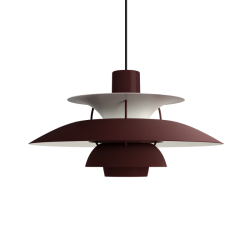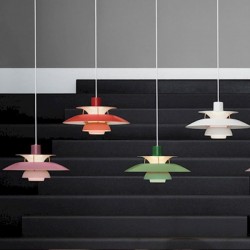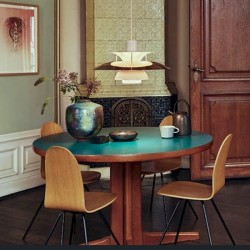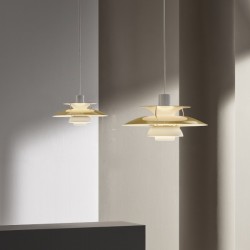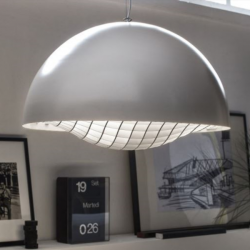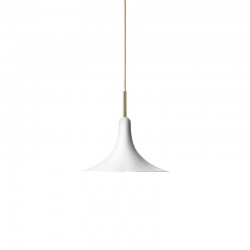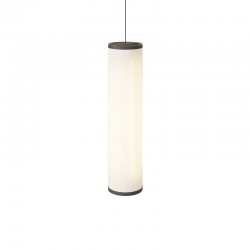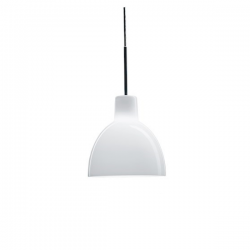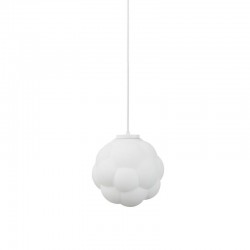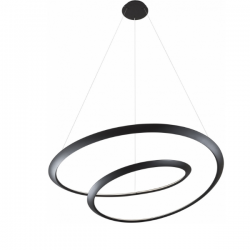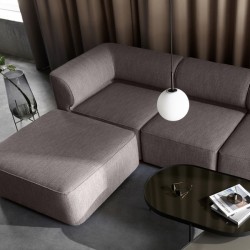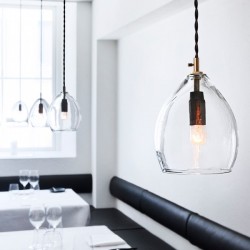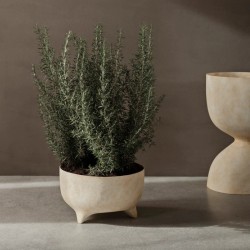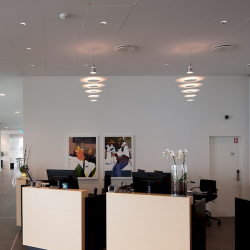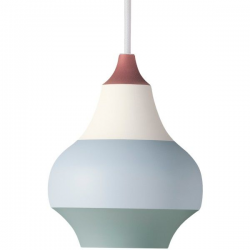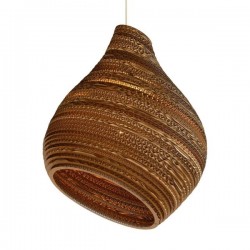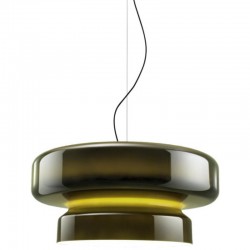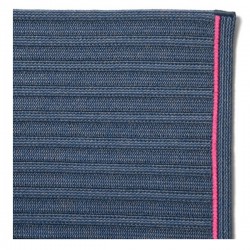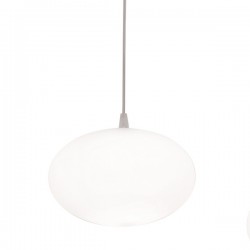Louis Poulsen PH5 Lamp Monochrome
PH 5 continues to elevate even the most modern interiors i a range of colours today. In 2020, the PH 5 Monochrome series is introduced to emphasizethis striking design for a more current look. The mat painted metal shades come in black,white, and in ultra blue for the bolder decorater.
Poul Henningsen developed the PH 5 in 1958 in response to constant changes madeto the shape and size of incandescent bulbs by bulb manufacturers, naming it afterthe size of the pendant’s main shade, which is 50 cm in diameter. When the lamp wasintroduced, he wrote, typically daringly, about how he had lost faith that themanufacturers of incandescent light bulbs would ever learn to consider commonsense or have the consumer’s best interests at heart: “I have accepted fate, and withLouis Poulsen ́s permission I have designed a PH fixture, which can be used with anykind of light source, Christmas lights and 100 W metal filament bulbs.
- Specifications
Material: Shades and anti-glare disc: Spun aluminium, spun copper or spun brass
Light source 1 x 75W E 27
Kindly note that this product is CE-approved only and should only be used in countries that follow and accept this standard. If it is used elsewhere it will be at the customer's sole risk, responsibility and liability.
1
x75W E27
- Size Description
(WxHxL):PH 5: 500 x 267 x 500 mm
Cable 3m
-
Poul Henningsen
Poul Henningsen was born in Copenhagen by the famous Danish actress Agnes Henningsen. He never graduated as an architect, but studied at The Technical School at Frederiksberg, Denmark from 1911-14, and then at Technical College in Copenhagen from 1914-17. He started practicing traditional functionalistic architecture, but over the years his professional interests changed to focus mainly on lighting which is what he is most famous for. He also expanded his field of occupation into areas of writing, becoming a journalist and an author. For a short period at the beginning of WWII, he was the head architect of the Tivoli Gardens in Copenhagen. But like many other creative people, he was forced to flee Denmark during the German occupation but soon became a vital part of the Danish colony of artists living in Sweden.


 EUR
EUR




